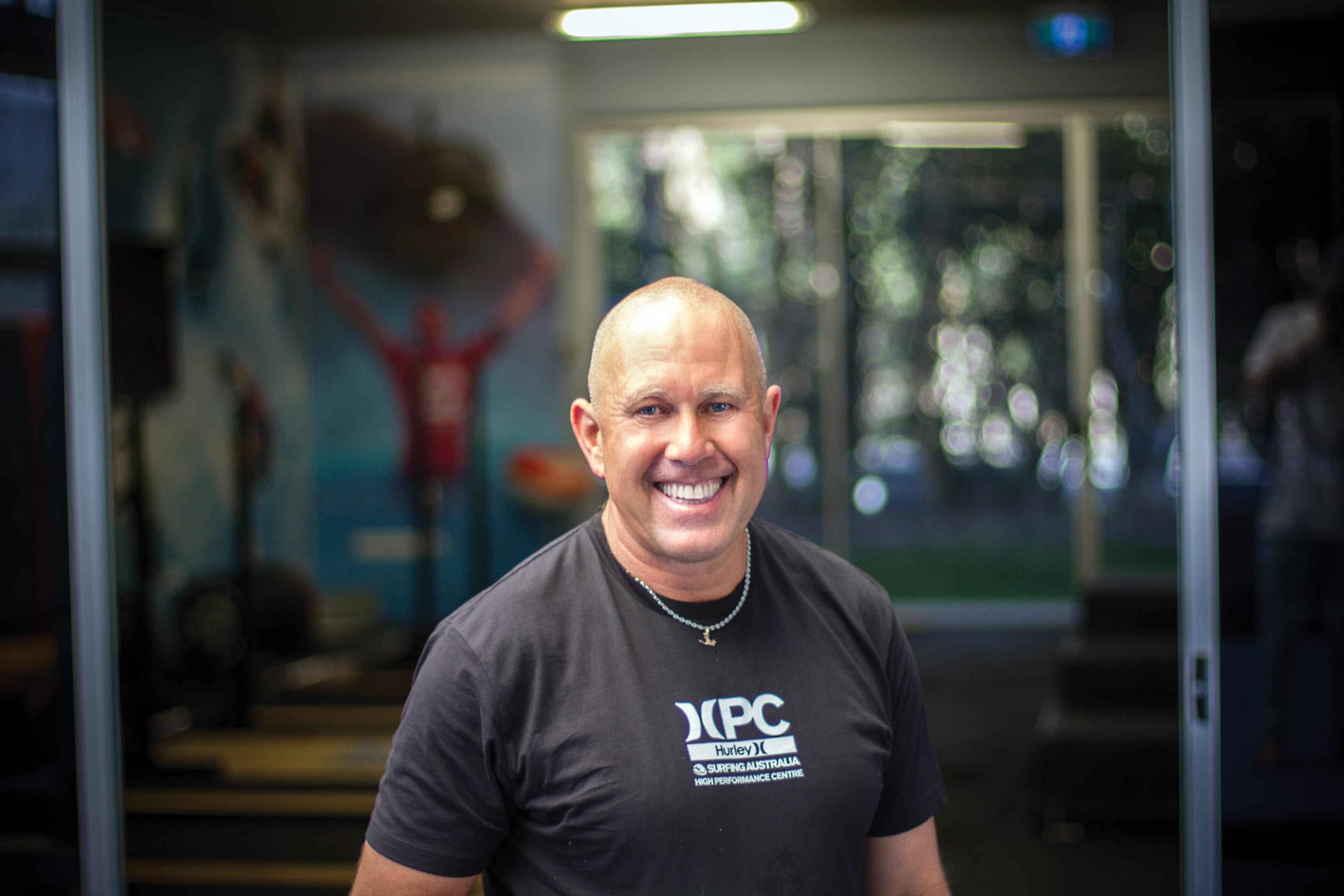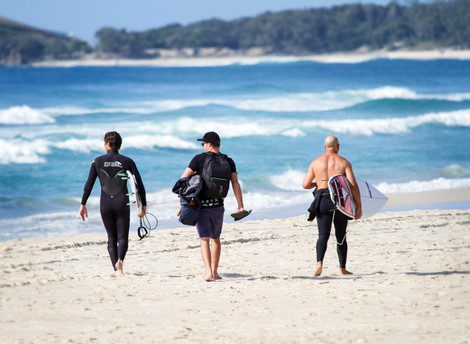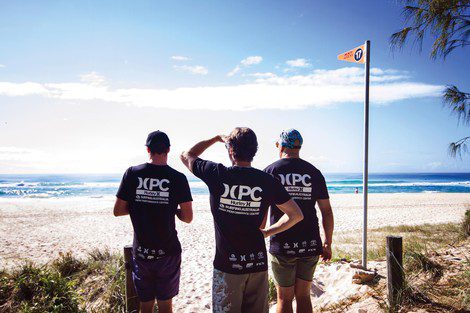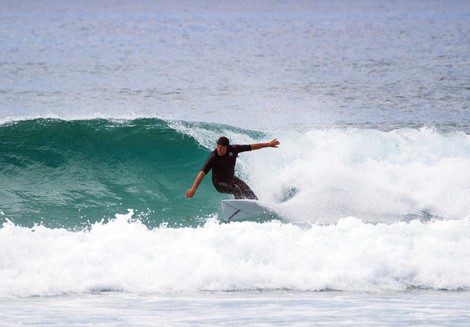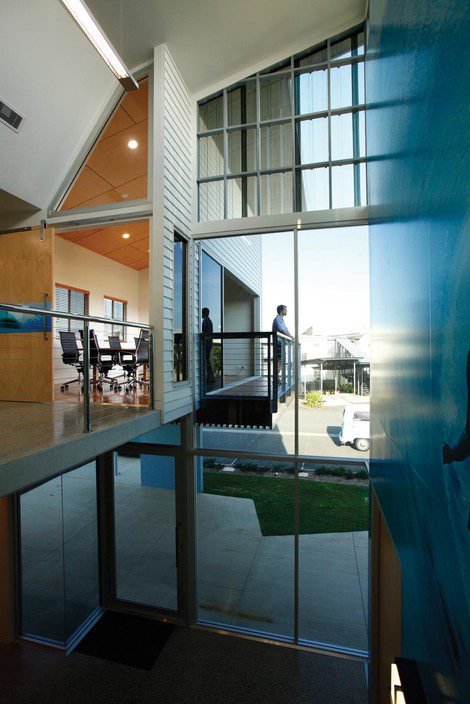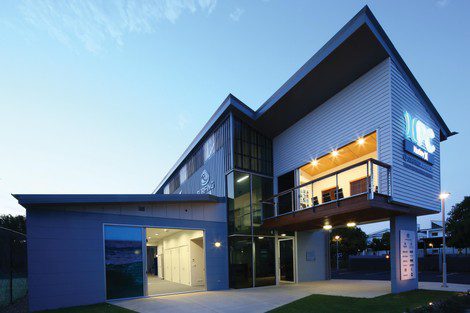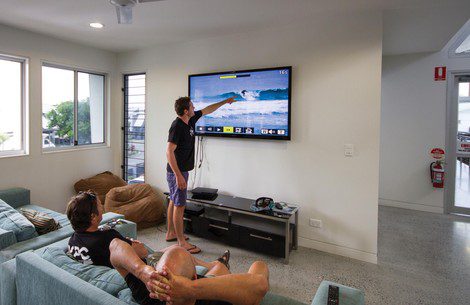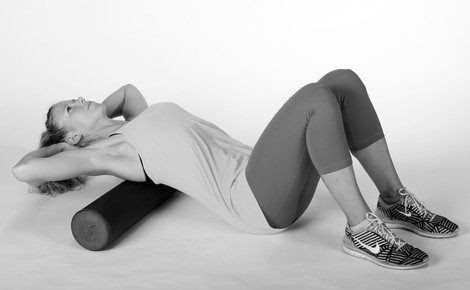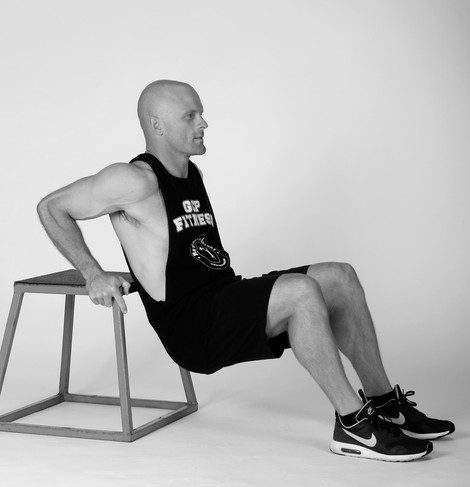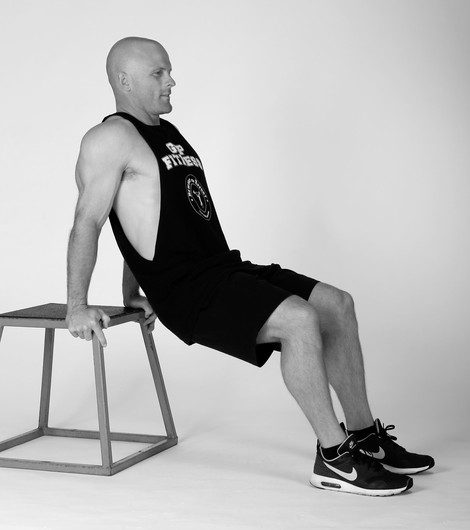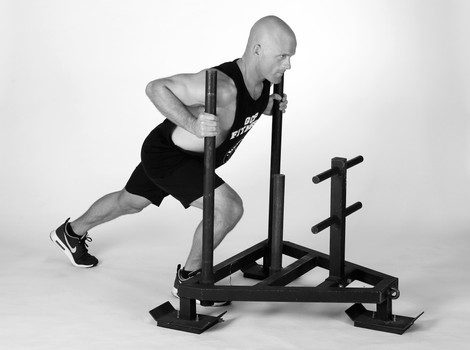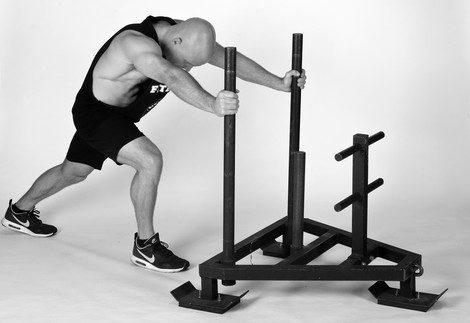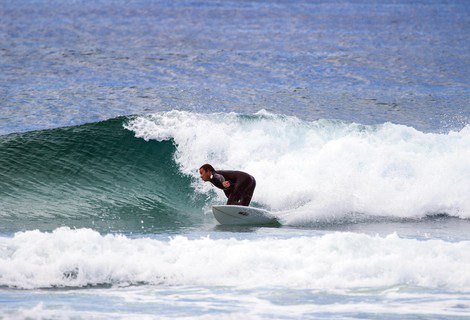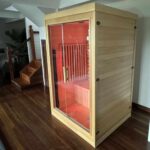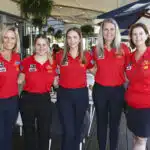PEOPLE
Shape up for the surf
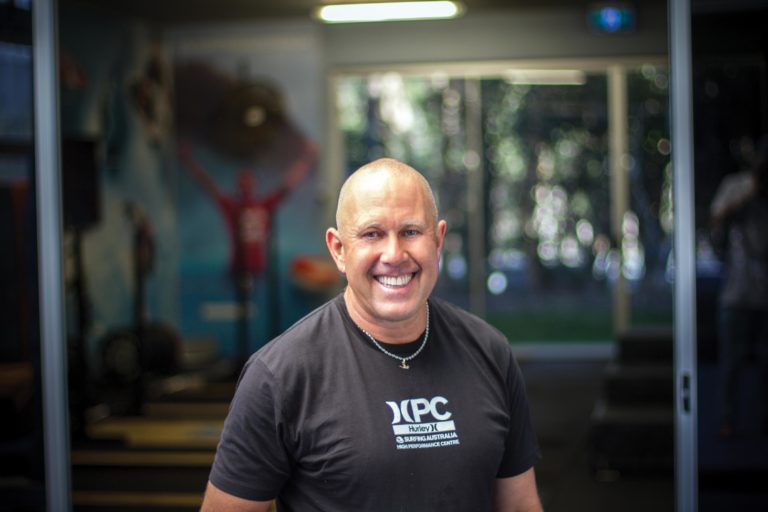
WORDS: PHOTOGRAPHY
My initial misconception about the world’s first facility dedicated to the development of surfers was that it was only for elite athletes and young kids looking to be coached to maximise their chances of joining the world professional surfing tour.
Wrong. In fact, Surfing Australia’s High Performance Centre at Casuarina is for any surfer who wants to improve their surfing ability and have more fun. In fact, the main growing market is adults just like myself.
Thirty years ago, I recall watching a group of students being surf-coached at Lacanau Ocean, France. I laughed as they practiced paddling on dry sand, arms and legs flaying everywhere.
I remember commenting to my Australian friend how that sort of surf coaching would never take off in Australia. We knowingly agreed, only to be proven completely incorrect. Today surf schools are de rigueur all over the world, and most certainly a major business in Australia.
However, the HPC is different – it’s the perfect venue for average to advanced surfers who aspire to enhance their surfing enjoyment by becoming better. It offers an array of options ranging from one-on-one day surf coaching to group coaching, and even 1, 2, 3 and 5-day camps. Accommodation can be provided on-site for up to 22 surfers, with many other accommodation options nearby for larger groups.
To facilitate this, the HPC is well-equipped with training tools such as video analysis, a vast array of surfboards, skateboards and a fully equipped surf-oriented gym with expert instructors for strength-training.
I recall the first time I watched myself surfing was with a group of friends 20 years ago in the Maldives. We all felt like we had surfed pretty well and while watching the screen we joked that there were also some ‘kooks’ out there. I expanded: “Yeah, look at that guy … he even has the same board shorts as me. Oh, hold on that is me!” To suggest our thoughts of our surfing did not measure up to the actuality we were currently witnessing on screen would be to engage in major understatement.
Anyway, back to the present day: I met Clancy my surf coach at 8am and he informed me the best waves were in Byron so we loaded my surfboard and headed to Belongil Beach. On the way he enquired which areas of my surfing I needed to improve, to which I replied: “I want to paddle better and complete backhand re-entries while improving my surfing style”. After checking potential surf breaks, we decided I would go for an hour’s surf while Clancy videoed my efforts from under the shade of a tree.
I got a few waves and alighted from the surf knowing Clancy must by now be severely bored. Afterall, the dude usually coaches professionals.
“Are you bored now mate?” I enquired. “No way,” he replied. “You’re a good surfer with good style”. I laughed, thinking surely he was cajoling me into booking another session. But his parting words were: “The video does not lie!”
Session over, time for lunch.
During lunch, Clancy suggested some ways I could improve my surfing. One was moving 7cm further up my surfboard when paddling and the other was turning halfway down the wave face rather than waiting to reach the bottom of the wave before commencing a bottom turn.
Sounds pretty simple, but in fact it was great advice.
After 40 years of surfing, these two simple pointers are proving invaluable.
Surfing involves precision and, despite my advancing years, I still had not worked this out.
Later in the day I had another surf and adopted Clancy’s tips – instantly they proved to be on the wonderful side of excellent. I was stoked and my increased surfing enjoyment stratospheric!
We arrived back at the HPC and sat down to watch today’s video, which started with my expectations at a low. Surprisingly, for me it all looked good. He even super-imposed a young QC (aspiring professional) surfer on a similar wave to mine. Very interesting.
I noticed I took my surfboard to places this guy wouldn’t even dream of … and just as well, as he would have just fallen off!
After more tips from Clancy, more great information, I was ready to move to the gym where Josh Secomb (HPC strength and conditioning coach) took me through exercises, weights and a stretch regime similar to what has been designed for pro surfers. Interestingly, he informed me of a statistic to do with successful professional surfers: the surfers doing squats, pull-ups and general conditioning prescribed by the HPC had developed better torso strength and paddle power, which resulted in them advancing to the later stages of events.
That was good enough for me … I started squatting and lunging to the best of my ability. Josh was cool as he watched my every move – the champion even kept a straight face rather than laughing hysterically at my attempts. What a guy! In fact a common thread through everyone I met at the HPC was just how personable they were.
In the gym I met Gavin Pratt from GCP Fitness in Burleigh, who added further invaluable tips, some of which are listed opposite…
Training tips
Copy: Gavin Pratt – GCP Fitness
Firstly, it’s important to note that to become a better surfer, you need to surf more! There’s nothing that rivals spending time in the water to improve your skill set.
However, when it comes to strength and conditioning with surfers, there are a number of areas that can be developed on land during the flat spells, to help you become the surfer you want to be.
Increasing your mobility through foam-rolling and dynamic stretching is not only crucial to minimising the chance of injury, but to also help you perform critical manoeuvres with fluidity and not like the Tin Man from Wizard of Oz!
Strengthening your muscles through resistance-training is also an important part of becoming a more resilient surfer. Having the ability to be stable and strong whilst you’re on a wave is imperative to landing your turns and performing them with power, speed and coordination. Research has indicated that pull-ups, dips and squats are just some of the major exercises that can translate positively into surfing performance, so get lifting weights and start throwing buckets!
Finally, if you are a weekend warrior or someone who simply doesn’t get out in the water as much as you would like, there needs to be some sort of aerobic conditioning as part of your training regime. Think about it: you’ve booked a surf trip with the crew to some offshore island and after 2 days straight of surfing, you’re gassed. Arms are shot, body is tired and you now you’re left sitting on the boat, mind-surfing the waves you’d actually dreamt about tearing apart! Aerobic conditioning will allow you to surf for as long as you want, therefore increasing your wave count and making the trip worthwhile. Utilising the Sled is a great way to improve your fitness, without hurting your joints or pulling up sore the next day, meaning if the swell comes up, you’re good to go!
If you wanted to improve your golf game you would unhesitatingly hire a golf pro. Surfing should be no different , especially with the HPC right on our doorstep. I have a Portuguese family that send their son from Portugal but for us, it is way easier. Buy a day like mine for the surfer that has everything. Round up a group of surfing mates and book a session. It’s great fun with awesome results.
Clancy is of the firm opinion that champions are not born but arrive at the top mainly due to hard work. My mate Joel Parkinson (2012 ASP world surfing champion), who also trains at the HPC, agrees and while no amount of training would ever see me become a world champion, some would say the best surfer on any given day is the one having the most fun. Be warned, Joel, that the next time we surf together I am going to smash you … all thanks to my day at the HPC.


